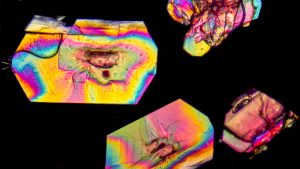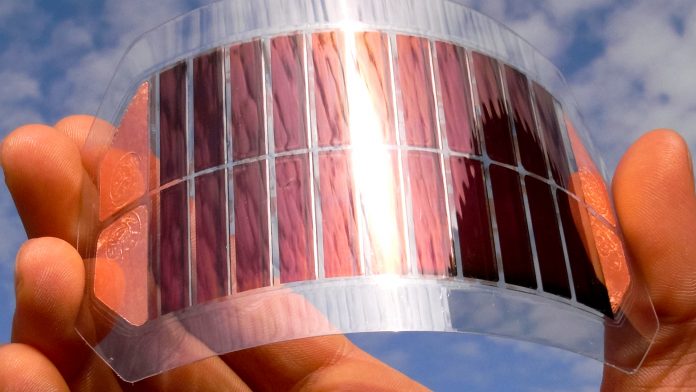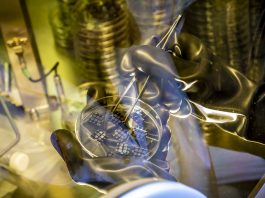Researchers at Linköping University have realised that solar cell material can be used as a light sensor in electronics and self-driving cars.
The solar cell material was developed into a sensor that can detect circularly polarised red light.
This new discovery paves the way for more reliable self-driving cars and other uses where night vision is important.
The study, ‘Sensitive near-infrared circularly polarised light detection via non-fullerene acceptor blends,’ was published in Nature Photonics.
Detecting circularly polarised light for high-quality sensors
Some beetles with shiny wings, firefly larvae and colourful mantis shrimps reflect a particular kind of light known as circularly polarised light. This is due to microscopic structures in their shell that reflect the electromagnetic light waves in a particular way.
Circularly polarised light has many technical uses, such as satellite communication, bioimaging, and other sensing technologies.
This is because circularly polarising light carries a vast amount of information, due to the fact that the electromagnetic field around the light beam spirals either to the right or to the left.

“Constructing high-quality sensors that can detect circularly polarising light in the near-infrared spectrum has been a significant challenge.
“But thanks to further development of the solar cell material, we can now detect circularly polarised light across the entire visible light spectrum,” stated Feng Gao, professor in the Department of Physics, Chemistry and Biology (IFM) at Linköping University.
This discovery paves the way for technical solutions where night vision is vital, such as in self-driving cars.
Moreover, the fact that the solar cell material is lightweight and the simple manufacturing process makes it suitable for use in small and cheap sensors.
What does the solar cell material consist of?
The solar cell material consists of polymers (long chains of carbohydrates). It may have a spherical molecular structure known as fullerene, or a different structure and the material is then called non-fullerene.
The material used in the current study is non-fullerene, which has turned out to be an advantage in solar cells as well as in other uses such as light sensors.
The solar cell material’s ability to sense circularly polarising light is due to its chirality, or which way the molecules interact with light. Chirality in molecules is most easily explained as a pair of hands.
Your right hand and your left hand are built the same but are mirror images of each other and, therefore, have somewhat differing functions. Thanks to chirality, various molecules can sense whether the electromagnetic radiation spirals to the right or to the left.
Li Wan, a postdoctoral fellow at IFM, concluded: “The next step is to expand these trials to include several different materials and examine how molecules and light interact in them. This way, we hope to be able to increase effectivity.”





